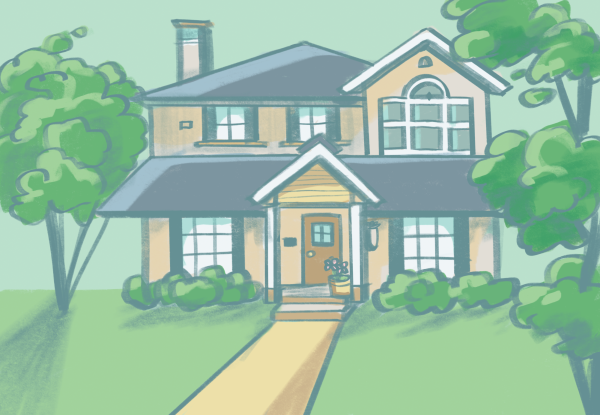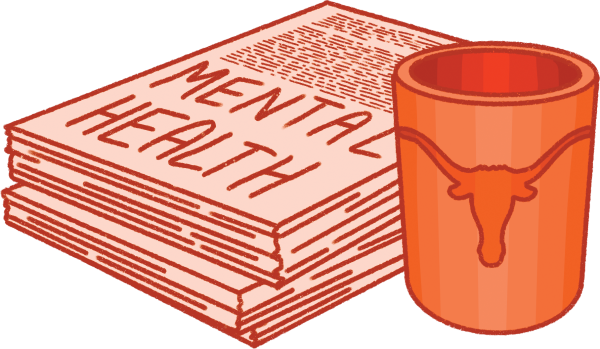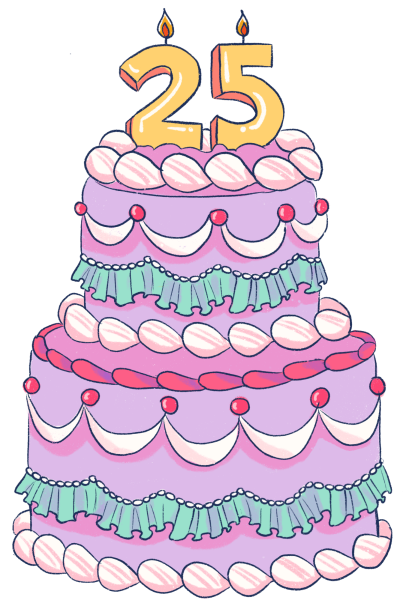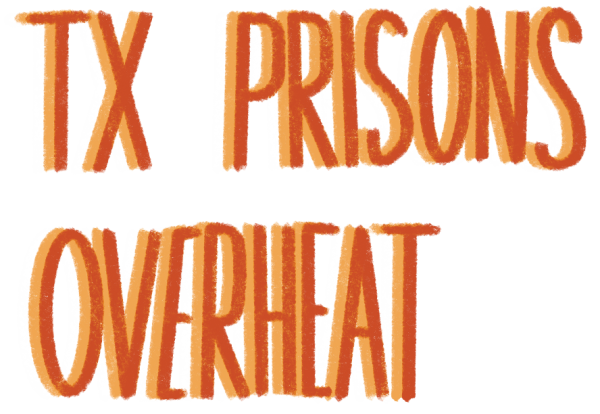The Future of Gentrification in Austin
February 18, 2020
The start of a new decade hasn’t done anything to mitigate the rapid gentrification process sweeping through Austin. Gentrification was amplified in East Austin by an influx of people moving into the Austin area in the early 21st century. These new residents were willing to pay more for housing, which created an artificial increase in price. This upward trend in housing price has exacerbated the process of gentrification in Austin. Gentrification is an untamable issue that hurts the Austin community by erasing pieces of its history and culture— history and culture that spans decades.
Gentrification is defined by three main components. Primarily, gentrification displaces lower-income residents. In the case of East Austin, this was due to the rising property values associated with increasing demand to live and work in Austin. With more people interested in living in Austin, realtors are incentivized to invest in housing projects in areas with historically low property values. This practice established the rising property values and booming interest in East Austin along with a variety of other places in Austin such as Mueller, the St. Elmo neighborhood and South First Street. Gentrification needs to be treated as a problem for the entire Austin community, not simply specific areas of Austin.
Secondly, gentrification encourages physical changes in an area that can change the identity of a neighborhood. This is the greatest problem that comes with gentrification: real estate development and rising property values come at the cost of losing the unique history of these vulnerable communities. The rise of upscale restaurants, mixed-use urban spaces and high rise retail spaces all contribute to the removal of the original residents and original culture within the area. It is absolutely necessary to find a way to reconcile the growth of the city with the preservation of the original community. The city of Austin has an obligation to protect all of its citizens from gentrification and the rising threat of displacement out of Austin into neighboring suburbs like Pflugerville or Manor. The best method for Austin to prevent this displacement is through passing legislation that supports infill development instead of sprawling growth.
Infill development is a process that develops vacant land within the urban area of a city into a variety of uses such as retail or housing. Sprawling growth is growth into suburbs surrounding the city. Sprawl is often criticized for increasing travel distance, ineffectively using space to develop and hurting the community where development occurs. In order for Austin to combat the development that is harming the remnants of East Austin, it is necessary to pass more legislation that pushes for infill development versus sprawl development. The city of Austin could pass a bill that makes it less costly to obtain the permits for construction in already developed areas to push for more infill development. Another way the city of Austin could combat gentrification is by passing stricter building codes in areas that have not been developed to maintain the history and culture in these areas.
It is important to realize that the process of gentrification that we generally associate with East Austin has extended to various areas throughout Austin, reshaping our city into a metropolis built upon the remnants of Austin’s authentic history. One example of another area beyond East Austin where a rapid process of development is beginning is the St. Elmo area. Most development in the area is taking place between South Congress Avenue, Interstate 35 and South of Highway 71. The process of rapid development with the St. Elmo area began when a mixed-use development area called The Yard opened. The Yard piqued the interest of developers and those looking for homes in Austin, causing an increase in real estate prices and a push for further development. In 2018, a high rise condo called the Public Lofts was built in the St. Elmo area, showing how The Yard catalyzed the process of gentrification in this area.
Along similar lines, the historic South First Street in Austin has undergone similar changes to those faced in East Austin and in the St. Elmo area. With a variety of new restaurants, high rise retail spaces and modernized housing that is raising the real estate value of the area, it is clear that gentrification is destroying the authenticity of our city. In order to combat gentrification to a certain extent, we have to demand city officials pass legislation to encourage infill development and advocate for every community within Austin.
Pocketing a larger profit on real estate is not worth the erasure of historical Austin communities. Even though parts of Austin’s communities have been lost to gentrification, photographer John Langmore attempts to capture the people and culture within East Austin before it is gone entirely. By taking photos of the people and the historical places within East Austin from 2006 to 2011, Langmore presents East Austin in its true form. These photos were published in his book titled Fault Lines: Portraits of East Austin, which served to raise awareness about the communities we are losing at the hands of gentrification. Langmore highlights the stories of the people living in East Austin and why it is important to remember Austinites affected most by gentrification.
The impact of losing a community is something that cannot be explained to developers driven by profit that are responsible for the erasure of Austin’s history. In order to solve the problem of gentrification across our city, we must place a larger emphasis on the communities being lost and focus on how we can make developers and city officials understand the magnitude of problems caused by gentrification.







